Ink and Infant: Evaluating Tattoos While Breastfeeding for Your Baby’s Safety

Embarking on the journey of motherhood is an extraordinary experience, full of joy and love. For many, it’s also a time when personal choices and individuality remain important. One such choice that often arises is whether you can get tattoos while breastfeeding. This question is not just about body art; it’s a reflection of a mother’s dedication to her child’s well-being.
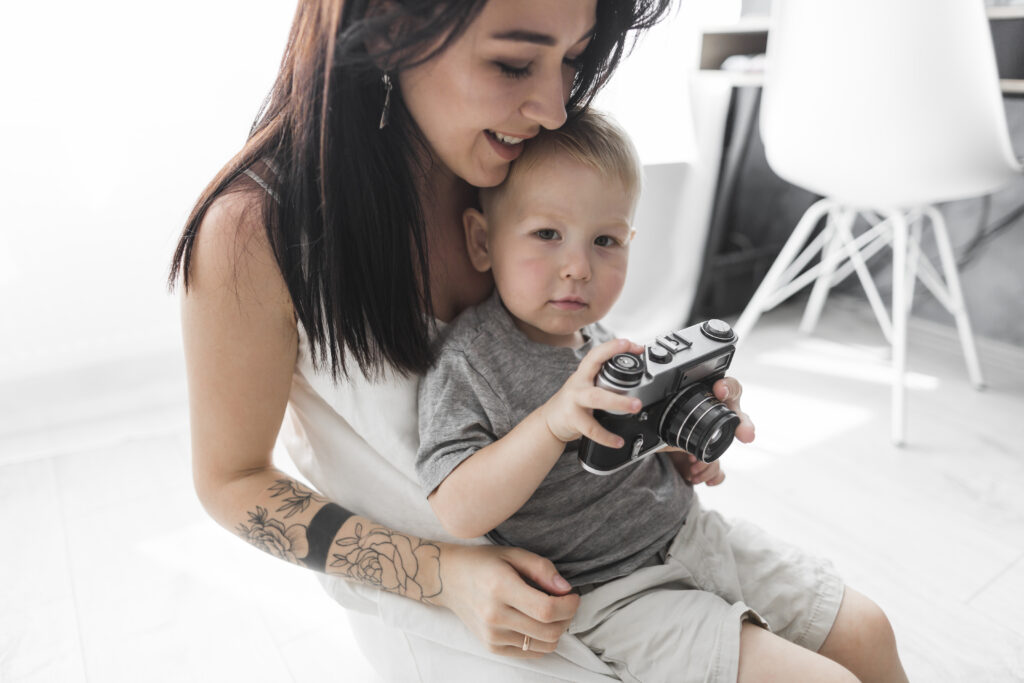
This article will explore whether it is possible to get tattoos while breastfeeding, the potential risks involved, and provide answers to frequently asked questions.
Can you get tattoos while breastfeeding?
The location of the tattoo doesn’t significantly impact its safety during breastfeeding. Getting a tattoo while breastfeeding is a topic that raises concerns among many nursing mothers. While there is no definitive answer, it is generally recommended to exercise caution and consider potential risks before making a decision.
The primary concern associated with getting tattoos while breastfeeding is the risk of infection. Tattooing involves puncturing the skin, creating an open wound that can be susceptible to infection. Breastfeeding mothers, especially those with compromised immune systems, may be more prone to infections, which can have adverse effects on both the mother and the nursing infant. A few of the points are listed down below:
- Limited research suggests that some tattoo ink components may enter the bloodstream and could potentially be excreted into breast milk, but the long-term effects on the baby’s health are not fully understood.
- Before getting a tattoo while breastfeeding, it is essential to consult with healthcare professionals to assess individual health conditions and potential risks.
- Choose a reputable tattoo studio that follows strict hygiene practices, uses sterile equipment, and complies with health regulations to minimize the risk of infection.
- If you decide to get a tattoo while breastfeeding, it is generally recommended to wait until your breastfeeding journey is well-established and your baby is older and more robust.
- Waiting allows for a more stable immune system and reduces potential risks associated with the healing process.
- Prioritizing the health and well-being of both the mother and the baby is crucial when making a decision about getting a tattoo while breastfeeding
Remember that each individual’s circumstances are unique, so it is essential to seek personalized advice from healthcare professionals and reputable tattoo artists.
1. Can you get a tattoo on your arm while breastfeeding?
Tattooing while exclusively pumping poses similar concerns as breastfeeding. Both practices require careful consideration due to the potential risks of infection and ink components entering breast milk.
2. Can you get a tattoo while pumping?
While research on this topic is limited, there is a possibility that certain components of tattoo ink could be excreted into breast milk. It is essential to consult healthcare professionals to assess potential risks.
3. Can you get a tattoo while pumping?
While researching the topic of getting a tattoo while breastfeeding, there is a possibility that certain components of tattoo ink could be excreted into breast milk. It is essential to consult healthcare professionals to assess potential risks.

Can you donate breast milk if you have tattoos?
Donating breast milk after getting tattoos while breastfeeding might be subject to specific guidelines from milk banks.
The ability to donate breast milk when you have tattoos largely depends on the policies of individual milk banks and donation centers. While having tattoos should not automatically disqualify you from donating breast milk, some milk banks may have specific guidelines and restrictions regarding tattoo placement and timing.
Here are some factors to consider:
- Tattoo Placement: Certain milk banks may have restrictions based on the location of the tattoo. If a tattoo is in an area that could come into contact with breast milk during pumping or if it is near a surgical scar, the milk bank may defer the donation as a precaution.
- Tattoo Age: Some milk banks may inquire about the age of your tattoos. Older tattoos are less likely to pose potential risks related to infection or healing, and they may be more accepting of donations from donors with well-healed tattoos.
- Tattoo Safety and Hygiene: Milk banks prioritize the safety and health of the recipients. If there are concerns about the tattoo’s safety or hygiene, they may ask for more information or request a deferral from the donation.
- Blood-Borne Pathogens: Donors undergo a rigorous screening process to ensure that donated breast milk is safe for premature or medically fragile infants. This screening typically includes testing for blood-borne pathogens like HIV and hepatitis, which is unrelated to tattoos.
It is essential to communicate openly and honestly with the milk bank or donation center about your tattoos during the donor screening process. They will assess your eligibility based on their specific policies and safety guidelines.
How long after the tattoo Can I breastfeed? When to Get a Tattoo?
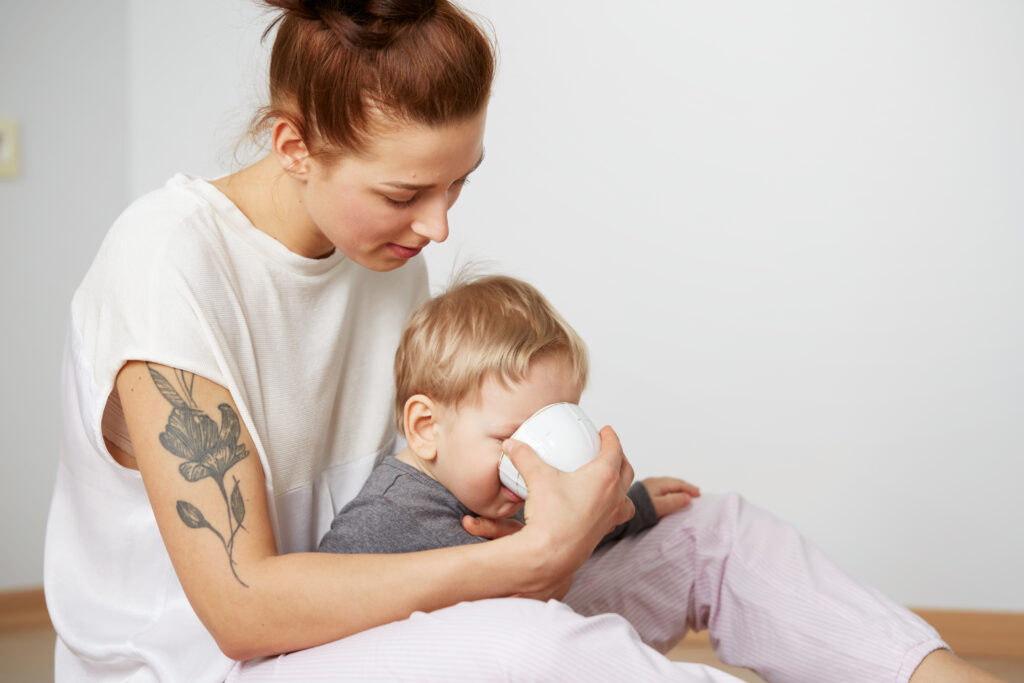
The timing of breastfeeding after getting a tattoo is an important consideration to ensure the safety of both the mother and the baby. While there is no definitive answer applicable to all situations, here are some general guidelines to keep in mind:
- Wait Until the Tattoo Has Healed: After getting a tattoo, the tattooed area becomes an open wound that needs time to heal properly. It is essential to follow the aftercare instructions provided by your tattoo artist to promote healing and prevent infection. Once the tattoo has fully healed, breastfeeding can generally be resumed.
- Consult with Your Healthcare Provider: Before resuming breastfeeding, it is advisable to consult with your healthcare provider. They can examine the tattooed area and provide personalized advice based on your health condition and the healing progress of the tattoo.
- Avoid Breastfeeding If There’s an Infection: If you notice any signs of infection, such as excessive redness, swelling, pus, or fever, avoid breastfeeding until the infection clears up completely. Infected wounds can transmit harmful bacteria to the baby through breast milk.
- Consider Waiting if Uncertain: If you are uncertain about the safety of breastfeeding after getting a tattoo, it may be wise to wait until you are more confident in the healing process and have received guidance from your healthcare provider.
- Discuss Tattoo Placement with the Tattoo Artist: If you plan to get a tattoo and are currently breastfeeding, discuss the best placement options with your tattoo artist. Choosing an area that is less likely to interfere with breastfeeding or be in constant contact with the baby might be a practical solution.
Risks of Getting a Tattoo While Breastfeeding?
The risks of tattooing while breastfeeding include the possibility of infection, allergic reactions to ink components, and the potential for ink to enter breast milk. Discuss these risks with your healthcare provider before making a decision
Can you have a tattoo removed while breastfeeding?
Tattoo removal procedures, such as laser treatments, involve breaking down the ink particles in the skin using laser light. While the process does not typically involve piercing the skin like tattooing, it still has some risks associated with it. As a result, it is generally not recommended to undergo tattoo removal while breastfeeding. Here’s why:
- Potential Risks: Laser tattoo removal can cause skin irritation, redness, and blistering in the treated area. These reactions may increase the risk of infection, which could be harmful to both the mother and the breastfeeding baby.
- Unknown Effects on Breast Milk: There is limited research on the safety of tattoo removal procedures while breastfeeding. It is not clear whether any components from the treated tattoo area could enter the breast milk and affect the baby.
- Anesthetic Concerns: Some tattoo removal procedures may require the use of local anesthetics or numbing creams. The safety of these substances during breastfeeding has not been extensively studied, so it is best to avoid unnecessary exposure.
- Delayed Healing: Tattoo removal requires multiple sessions over several weeks or months to achieve the desired results. This extended process may lead to prolonged healing times and an increased risk of complications during breastfeeding.
If you are considering tattoo removal and are currently breastfeeding, it is essential to prioritize the health and safety of both you and your baby. It is advisable to wait until after the breastfeeding period to undergo tattoo removal when there are fewer potential risks involved.
Before making any decisions, it is crucial to consult with your healthcare provider to discuss your specific situation, receive personalized advice, and determine the most appropriate course of action. If you are concerned about the appearance of the tattoo during the breastfeeding period, explore temporary options like concealing makeup or clothing choices until you can safely pursue tattoo removal after weaning.
Conclusion
While there is no definitive answer to whether you can get tattoos while breastfeeding, it is crucial to prioritize your health and that of your baby. Consult with healthcare professionals and reputable tattoo artists to make an informed decision. If you choose to get a tattoo, follow appropriate aftercare procedures and consider waiting until after the breastfeeding period. Always prioritize safety and health.
References
- Drugs and Lactation Database (LactMed®) [Internet]. Bethesda (MD): National Institute of Child Health and Human Development; 2006-. Tattooing. [Updated 2021 Jun 21]. Available from: https://www.ncbi.nlm.nih.gov/books/NBK500563/
- Farley CL, Van Hoover C, Rademeyer CA. Women and Tattoos: Fashion, Meaning, and Implications for Health. J Midwifery Womens Health. 2019 Mar;64(2):154-169. doi: 10.1111/jmwh.12932. Epub 2019 Feb 26. PMID: 30806488.
- Gębska-Kuczerowska A, Kucharska I, Segiet-Swiecicka A, Kuczerowski M, Gajda R. Assessing Infection Risks among Clients and Staff Who Use Tattooing Services in Poland: An Observational Study. Int J Environ Res Public Health. 2020 Sep 11;17(18):6620. doi: 10.3390/ijerph17186620. PMID: 32932896; PMCID: PMC7559388.
- Broussard KA, Harton HC. Tattoo or taboo? Tattoo stigma and negative attitudes toward tattooed individuals. J Soc Psychol. 2018;158(5):521-540. doi: 10.1080/00224545.2017.1373622. Epub 2017 Nov 8. PMID: 28934022.
Frequently Asked Questions?
- Does tattoo ink enter the bloodstream?
Tattoo ink is typically deposited into the dermis, the second layer of skin, and does not enter the bloodstream. However, some ink components might enter the bloodstream if the tattooing process causes injury or if tattoo removal is performed.
2. How long should I wait after breastfeeding to get a tattoo?
If you and your healthcare provider determine that getting a tattoo is safe for you, waiting until your baby is older and more robust is recommended. Waiting until your breastfeeding journey is well-established could help minimize potential risks.
3. Can I breastfeed immediately after getting a tattoo?
It is generally not recommended to breastfeed immediately after getting a tattoo. The tattooed area is an open wound and may be at risk of infection. Wait until the tattooed area has healed and follow the advice of your tattoo artist and healthcare provider before resuming breastfeeding.
4. Is it safe to get a temporary tattoo while breastfeeding?
Temporary tattoos usually use different ink compositions than permanent tattoos. However, even with temporary tattoos, it is recommended to consult with your healthcare provider before applying them to ensure they are safe for you and your baby.
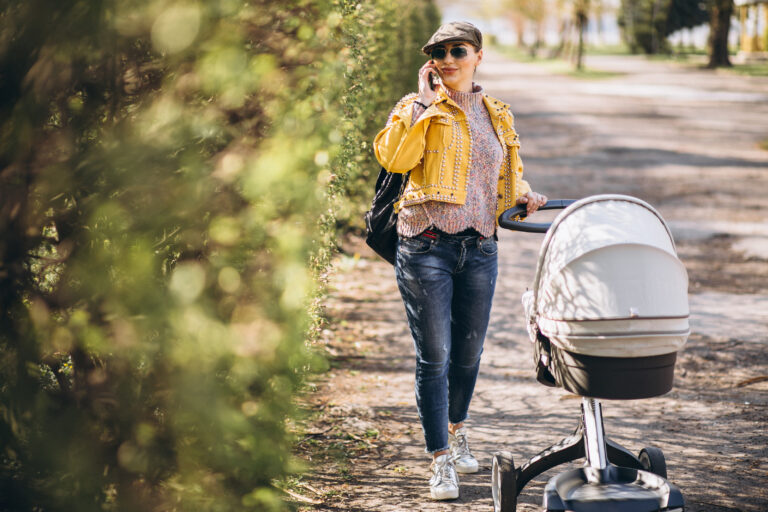
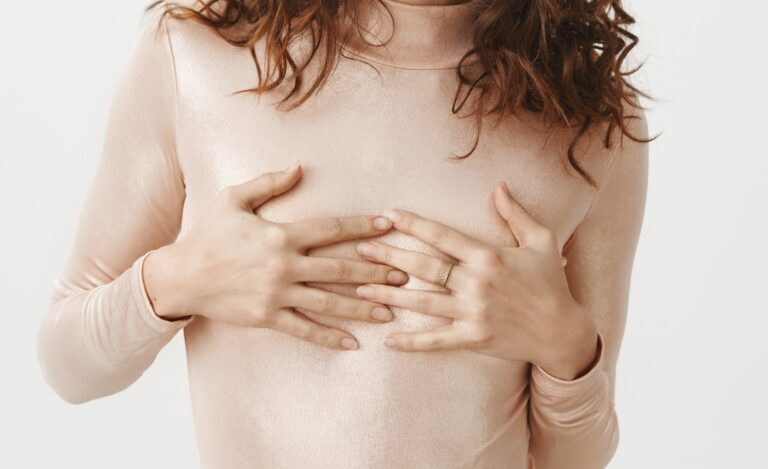


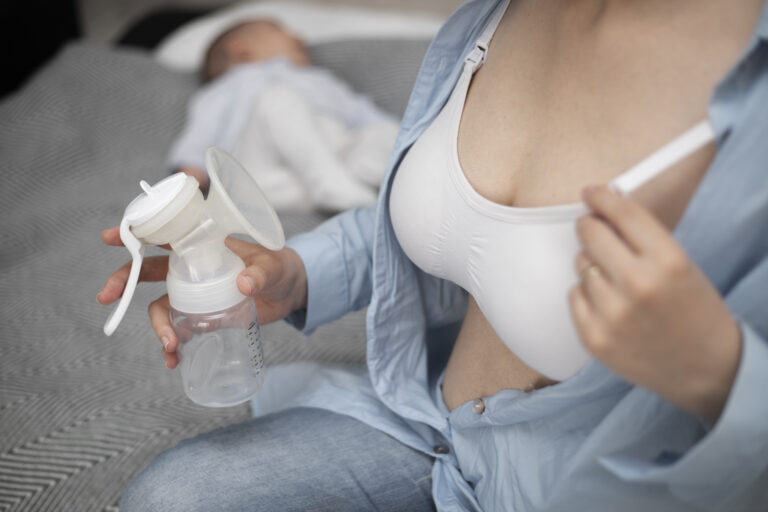
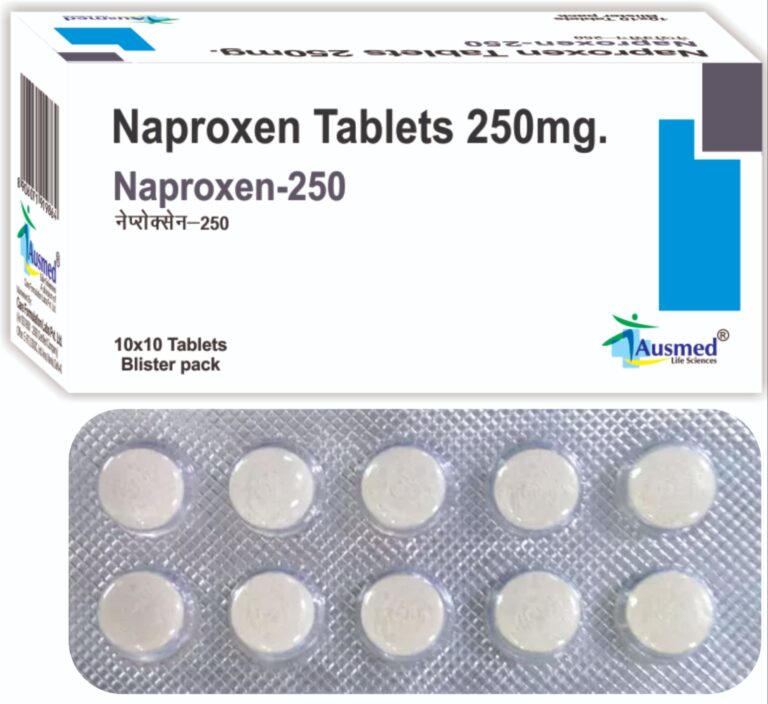


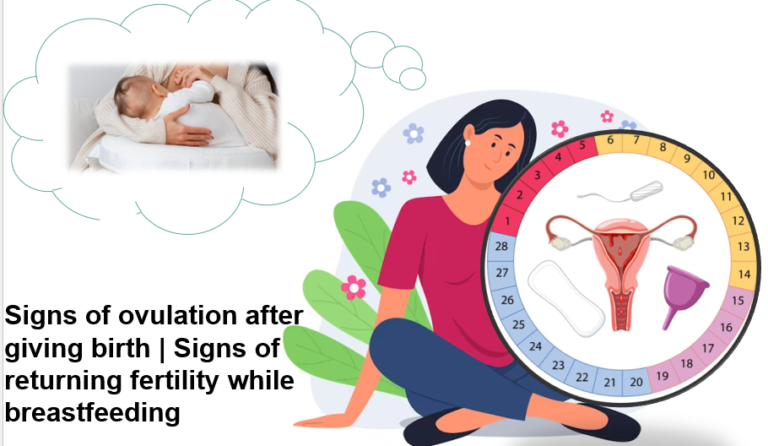







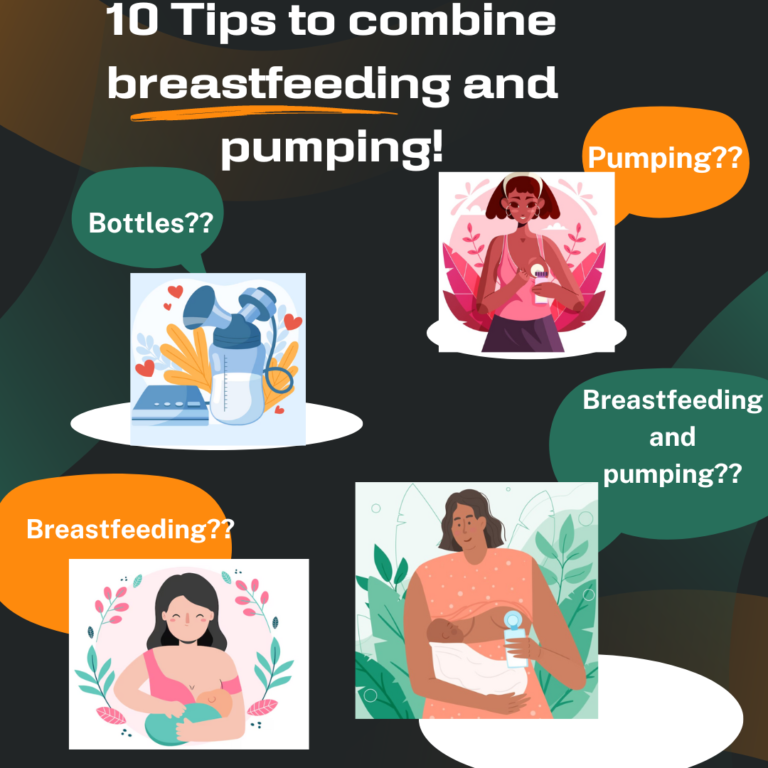
+ There are no comments
Add yours